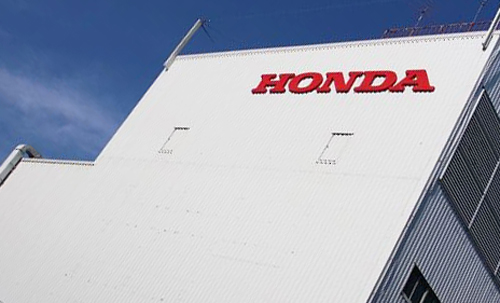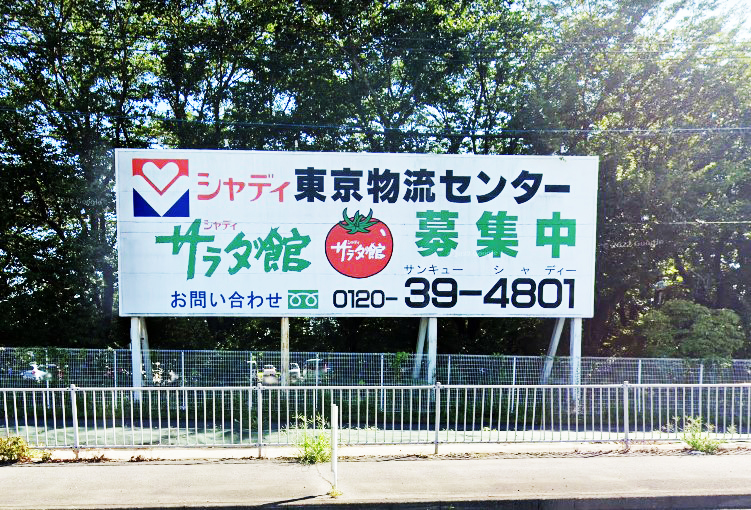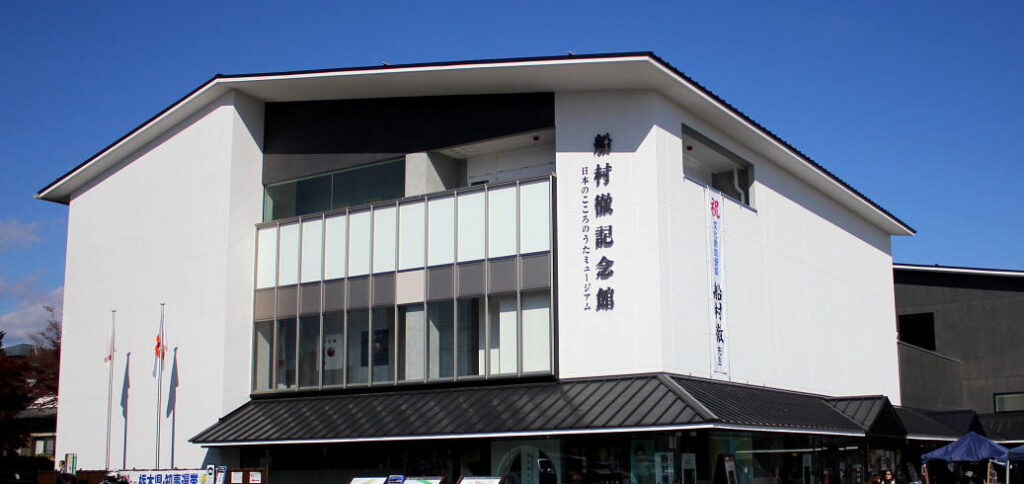
Signboards are installed in all kinds of places, such as shops, department stores, hospitals, offices, and roadsides.
And dirty signboard the value of the store tends to be seen by customers for a low image.
It is possible to decompose and remove soot and rain stains, raindropping mark, etc adhering to the signboard by applying photocatalyst processing before the signboard becomes dirty due to car exhaust gas and air pollutants.
This reduces the number of times cleaning and maintenance is performed, thereby reducing operating costs and environmental impact.
For example, use in such a place

By applying photocatalyst processing to signboards installed in places where dirt easily adheres, such as roadside signboards and signboards attached to stores, it is possible to take measures to prevent dirt from exhaust gas and raindrops.
Photocatalyst-treated signboards can be washed away by rain, etc., due to their decomposition and hydrophilicity, even if bird droppings adhere to them.
The effect of the photocatalyst makes it possible to easily clean off any remaining dirt with just water, reducing the environmental impact of chemical substances.

By applying photocatalyst M-Clean to walls with company names that tend to get dirty due to raindrops, etc., it is possible to take measures to prevent dirt from raindrops.
If it is a high place, it can be used as a cost reduction measure for building maintenance and management costs due to a significant reduction in cleaning maintenance costs.
It also helps improve the corporate image.
Flow of photocatalyst construction
Technicians perform photocatalyst construction from high-pressure washing and dirt removal to construction confirmation work.
- Field survey
- Scaffold erection or aerial work platform
- cleaning/dirt removal
- Degreasing / Glass surface polishing
- The Basecoat application
- Photocatalyst M-Clean application
- Drying/Curing
- Hydrophilicity test
- Delivery
